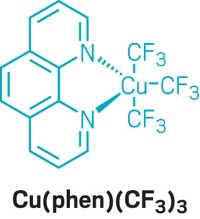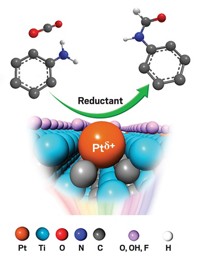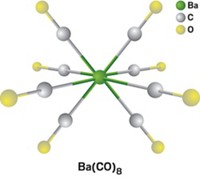Advertisement
Grab your lab coat. Let's get started
Welcome!
Welcome!
Create an account below to get 6 C&EN articles per month, receive newsletters and more - all free.
It seems this is your first time logging in online. Please enter the following information to continue.
As an ACS member you automatically get access to this site. All we need is few more details to create your reading experience.
Not you? Sign in with a different account.
Not you? Sign in with a different account.
ERROR 1
ERROR 1
ERROR 2
ERROR 2
ERROR 2
ERROR 2
ERROR 2
Password and Confirm password must match.
If you have an ACS member number, please enter it here so we can link this account to your membership. (optional)
ERROR 2
ACS values your privacy. By submitting your information, you are gaining access to C&EN and subscribing to our weekly newsletter. We use the information you provide to make your reading experience better, and we will never sell your data to third party members.
Synthesis
Chlorine Binds Gold Covalently
March 10, 2008
| A version of this story appeared in
Volume 86, Issue 10
Although all halogens are thought to bind to metal surfaces through ionic interactions, new theoretical evidence indicates that chlorine breaks this rule when interacting with a gold surface (J. Am. Chem. Soc., DOI: 10.1021/ja7109234). In this exceptional case, bonding between chlorine and the gold surface is primarily covalent in character, report Thomas A. Baker, Cynthia M. Friend, and Efthimios Kaxiras of Harvard University. The researchers used density functional theory to study chlorine on gold, a system of particular interest because of the role it plays in gold catalysis. For example, chlorinating reagents have been used in combination with solid-supported gold catalysts to remove environmental mercury, and chlorine can be used to increase the selectivity of styrene oxidation on unsupported gold surfaces. The Harvard team suggests that gold's unusually high electronegativity makes it the transition metal most likely to form a covalent bond with highly electronegative halogens such as chlorine.





Join the conversation
Contact the reporter
Submit a Letter to the Editor for publication
Engage with us on Twitter